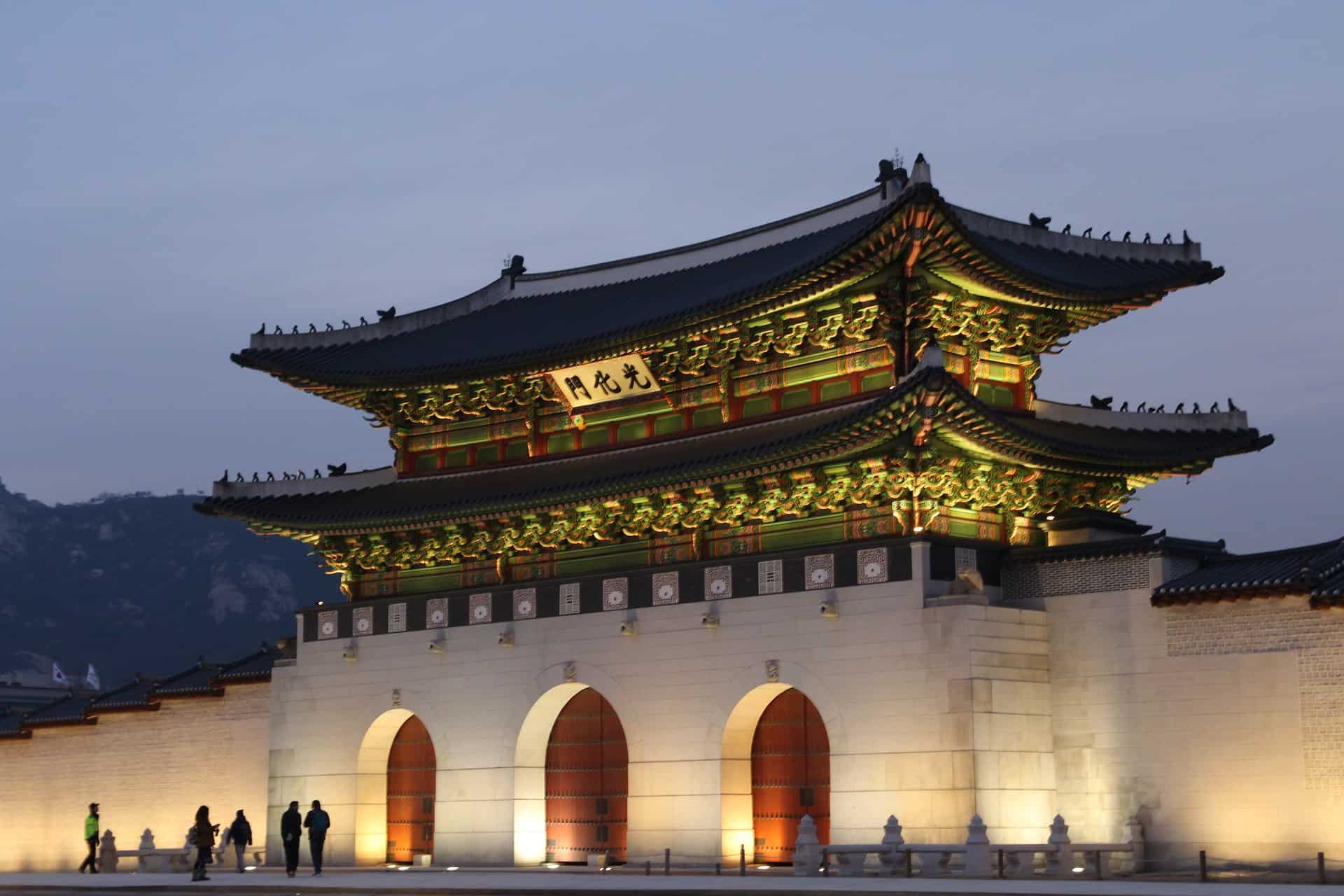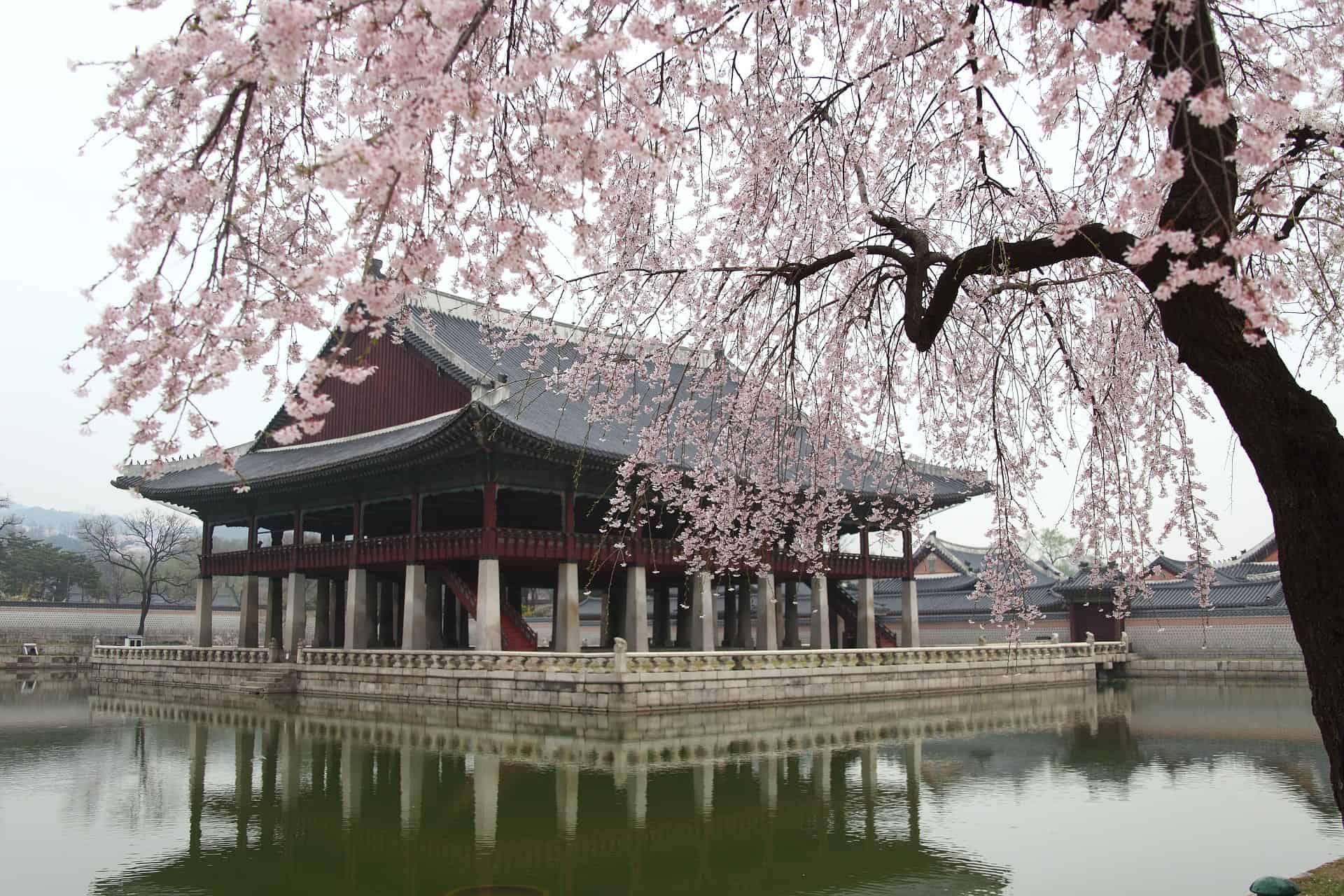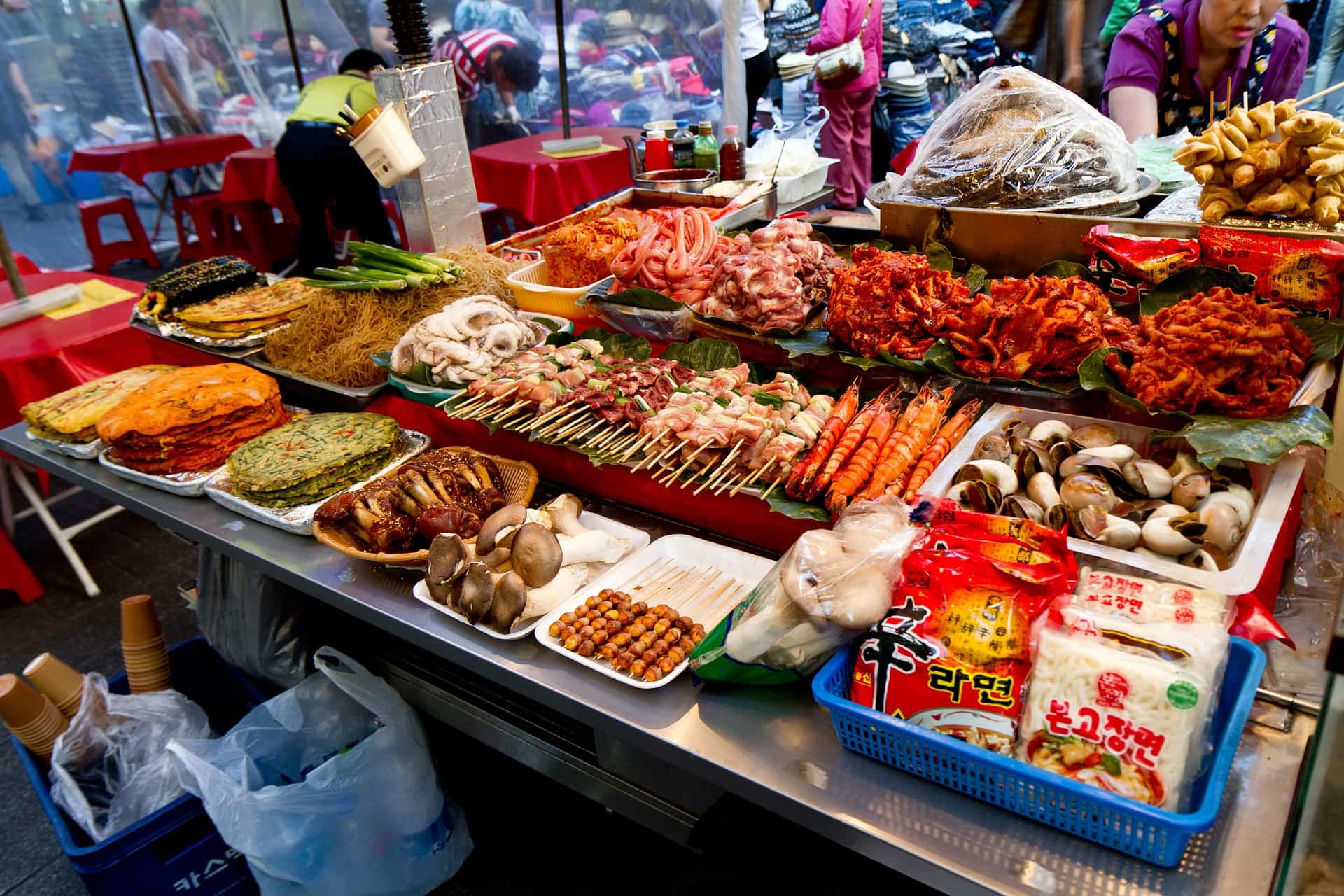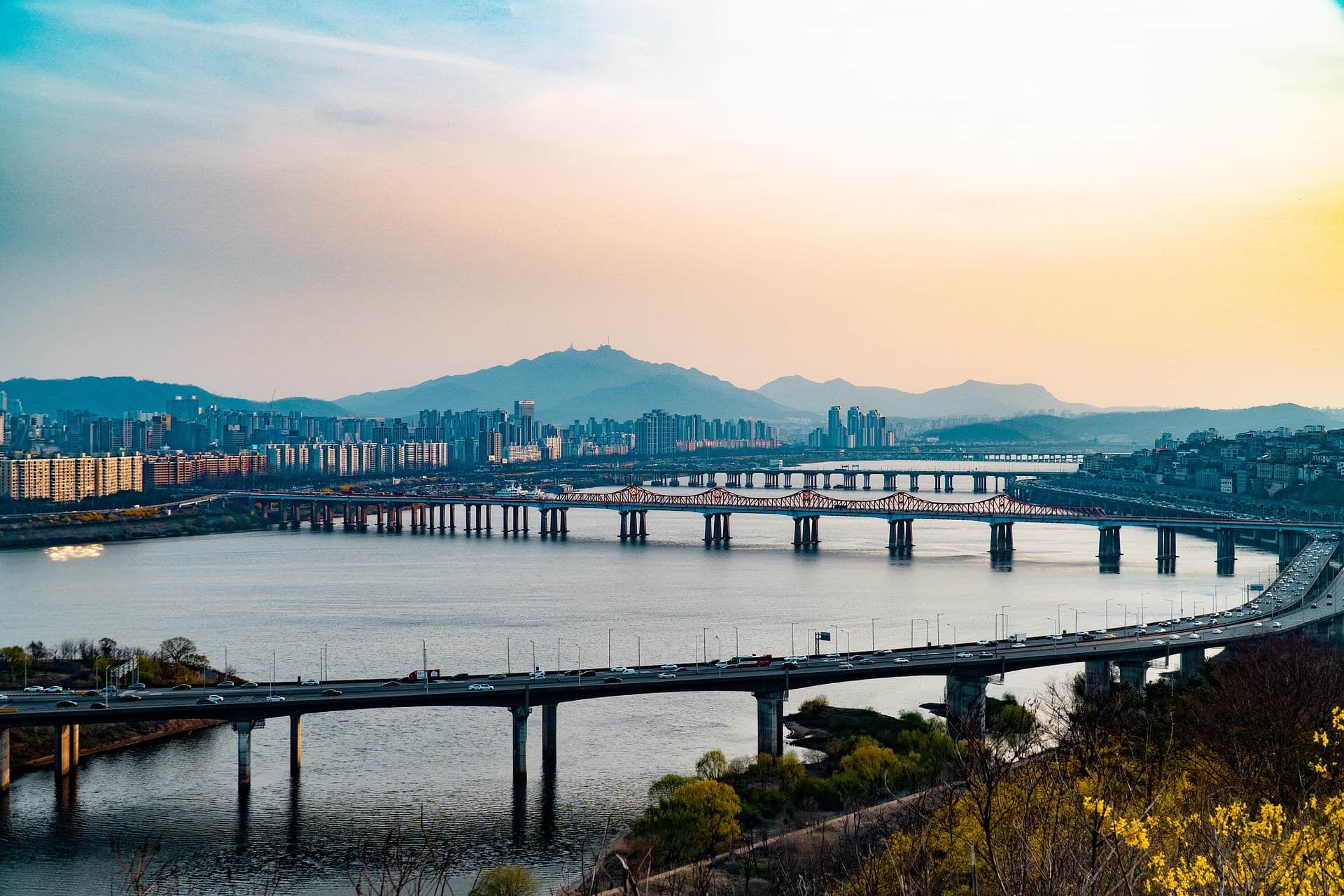
Gay Seoul · City Guide
Planning a trip to Seoul? Then our gay Seoul city guide page is for you.

Seoul
Seoul, officially Seoul Special City, is the capital and largest city of South Korea, with a population of over 10 million, and is the world's second-largest metropolitan area with about 25 million people.
Located on the Han River, Seoul has been a major settlement for over 2,000 years and is home to several UNESCO heritage sites. Today, Seoul is one of the world's leading financial and commercial centres with highly advanced infrastructure and the world's fastest broadband network.
Seoul is also a cultural hub with over 100 museums, countless religious and political monuments and some of the best designed and maintained urban parks in the world.
Gay rights in Seoul
Although homosexual activity is legal, the LGBT+ community still faces legal challenges. Same-sex marriage is not socially and culturally recognised. Many prefer not to reveal their gay identity to their family, friends or co-workers. But as in many countries, society is becoming more accepting of LGBT+ people.
Transgender people are allowed to have gender-confirmation surgery in South Korea after age 20 and can change their gender information on official documents. There is no recognition of same-sex relationships in the country and LGBT+ couples are not able to jointly adopt children.
All males in South Korea are required to undertake compulsory military service, those who identify as LGBT+ are classed as having a personality disorder and can be subject to a dishonourable discharge. The military's penal code lists consensual homosexual sexual activity as "reciprocated rape".
Gay scene in Seoul
Seoul remains South Korea's most gay-oriented city with an international, foreigner-friendly gay scene. A number of well-established Gay Bars are located in the lively Itaewon area, particularly on the so-called "Homo Hill". Nearby, there a few popular Gay Dance Club & Parties that get busy late into the night.
Gay Saunas and Gay Cruise Clubs in Seoul are rather small, though they can be found all around the city, especially in popular areas like Itaewon, Jongno and Gangnam. These venues usually stay open 24 hours and can get pretty wild on the weekend.
For a more 'local' gay scene, check out Jongno. This area in central Seoul is home to dozens of gay-popular hangouts, karaoke bars and restaurants. Take the subway to Jongno 3-ga station and take Exit 5.
Gay hotels in Seoul
If you want to stay close to all the action, there are several great-value budget and luxury hotels in Seoul near all the gay bars, dance clubs and entertainment venues in Itaewon area and the local nightlife in Jongno district. The Imperial Palace Hotel is a bright and fun boutique hotel and Travel Gay Asia's most popular venue. The hotel is located very close to Always Homme Gay Bar, making it the ideal choice for gay travelers keen to be immersed in Seoul's gay nightlife.
Just 10-minutes from Seoul Tower and nearby to the city's best shops and restaurants, The Shilla Seoul is a 5-star luxury hotel with excellent facilities. Guests at the hotel can make full use of the four global restaurants, rooftop pool and fully equipped gym. Guest rooms feature large and comfortable beds and are decorated to a modern and elegant standard.
Better hotel choices and some the best luxury hotels in Seoul are located in Myeongdong and Seoul Central District.
Gay massage in Seoul
There are numerous massage venues spread across Seoul and many can be found in the city's gay district Itaewon. Seoul's gay massage venues are generally of a high standard and offer guests a clean and comfortable visit. One of the most popular is SPY, a great massage venue offering a range of facilities including private treatment rooms and hot tub areas. For a full list of the massage experiences available in Seoul check Travel Gay's choices for the best gay massages in the city.
Gay Pride in Seoul
The Seoul Queer Culture Festival has taken place annually since 2000 and has experienced growing numbers of attendees each year. The festival takes place in late May or early June when the weather is warm but not boiling. Today the festival is a lively and enjoyable experience, typically attracting large crowds. However, the celebrations are often attended by anti-LGBT+ groups but the event organisers and police ensure a safe and enjoyable event for visitors.
Getting to Seoul
Most visitors arrive via the Incheon International Airport (ICN) located on Yeongjong Island in the neighbouring city of Incheon. The closer but older Gimpo Airport handles most domestic flights as well as shuttle services to Tokyo, Osaka and Shanghai.
The A'REX train, which connects the airport to Seoul Station, operates from 5:20 am until midnight. There are two versions - the Express leaves every half hour and takes about 40 minutes, while the commuter train leaves every 6 minutes and takes about 50 minutes.
Taxies are available 24/7 from Incheon airport and will take you straight to the door of your hotel. Whilst taxis are the most convenient and simple option, they can be expensive and a trip from ICN to the downtown area is likely to cost you around 44,000 Won.
Fort the most affordable option, consider using the bus. The City Limousine Bus is extremely comfortable and convenient. The journey can take up to 70 minutes, making it the slowest method of travel, however with tickets at just 9,000 Won it is by far the cheapest.
Getting around Seoul
By metro
The most convenient way to commute in Seoul. You can visit most places via the subway. There are currently nine numbered lines plus a few suburban lines, all differentiated by colours. All signs in the subway system are in Korean and English.
By bus
Seoul has an extensive bus service. There are four different kinds: yellow, green, blue, and red. Yellow buses have a short circuit usually around tourist areas. Green buses travel around neighbourhoods and connect with the subway. Blue buses go across town, while red buses are intercity buses. Buses will only stop at designated stops and will not wait for indecisive travelers.
By taxi
There are two kinds of taxis. Deluxe taxis are black with a yellow sign and are more expensive but provide more comfortable service. Regular taxis are silver, and most have leather interiors. It is easy to hail a taxi any time of the day or night along any relatively major Seoul street.
By car
Renting a car is possible but not advisable as traffic is usually bad and parking is extremely difficult to find.
On foot
Since Seoul is one of the most densely populated cities in the world, walking around in the city can be confusing. Most people will try to help you find your way around but often won't know themselves. The best thing to do is to familiarize yourself with some landmarks and the nearest subway stations.
Things to See & Do
Seoul is fast-paced and action-packed. It's also home to range of tourist attractions and sights. The best on offer include:
- Explore the 600-year old Gyeongbokgung Palace
- Tour South Korea's largest museum at the National Museum of Korea
- Shop at Namdaemun
- Appreciate traditional theatre at Myeongdong NANTA Theatre
- Immerse yourself in the art scene at Leeum Samsung Museum of Art
- Live like a local in Samcheong-dong Bukchon
- Stroll around Namsan Park
FAQs
When to Visit
Korea has four seasons and experiences harsh winters and hot, humid and rainy summers. The best time to visit Seoul is in Spring or Autumn.
The summers in Seoul are extremely hot and during July and August schools have their summer holidays, meaning that much of the city becomes noticeably busier with the influx of tourists. Many of Seoul's buildings are fully air-conditioned, so travelers will have little trouble escaping the heat.
October is when Seoul experiences its best weather and is also a busy month in terms of festivals and events, including Seoul Fashion Week. The surrounding landscape is also at its most beautiful during October, with the mountains morphing into a patchwork of reds, oranges and yellows.
Visa
Most countries have joined a visa waiver agreement with the Republic of Korea and are allowed to enter Korea without a visa for the purpose of tourism and travel.
Another visa agreement is the designated visa-free entry. The length of stay depends on the agreement made between South Korea and your country (usually 3 months).
Money
The currency in South Korea is the South Korean Won (KRW). The won currency deals with high numbers. A restaurant meal could cost KRW50,000. Get to know the currency before you arrive.
The card transaction fees for travel cards in South Korea are higher than those on debit or credit cards, therefore its advisable that travelers in Seoul use their standard cards when withdrawing money or paying in stores and restaurants as opposed to the travel cards favoured by many travelers visiting Asia.
Join the Travel Gay Newsletter
Have we got something wrong?
Are we missing a new venue or has a business closed? Or has something changed and we have not yet updated our pages? Please use this form to let us know. We really appreciate your feedback.


